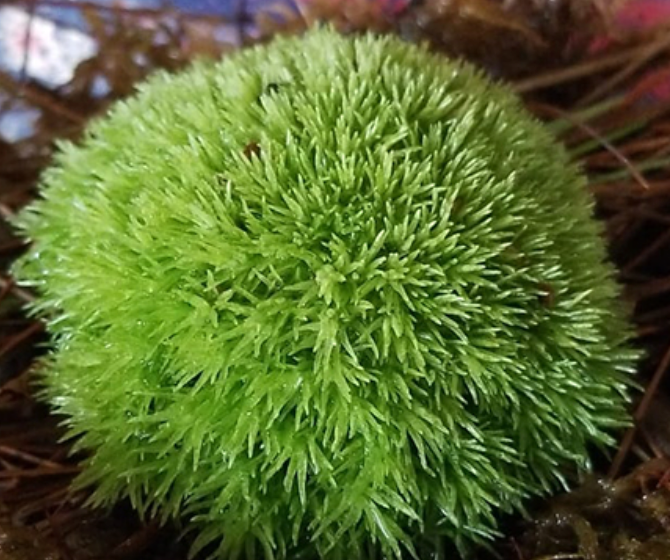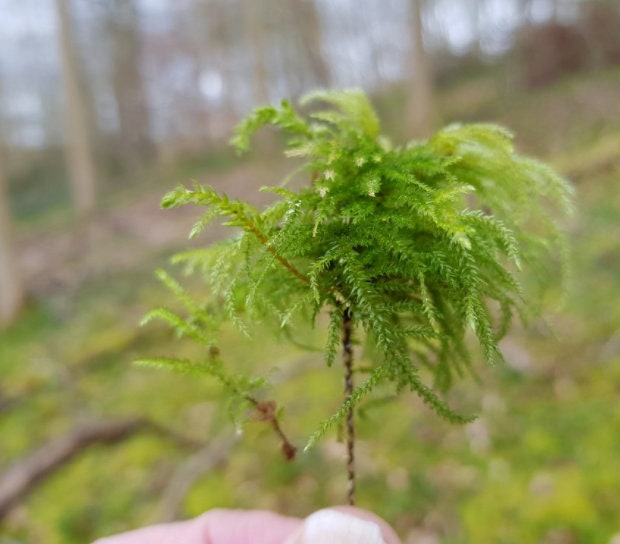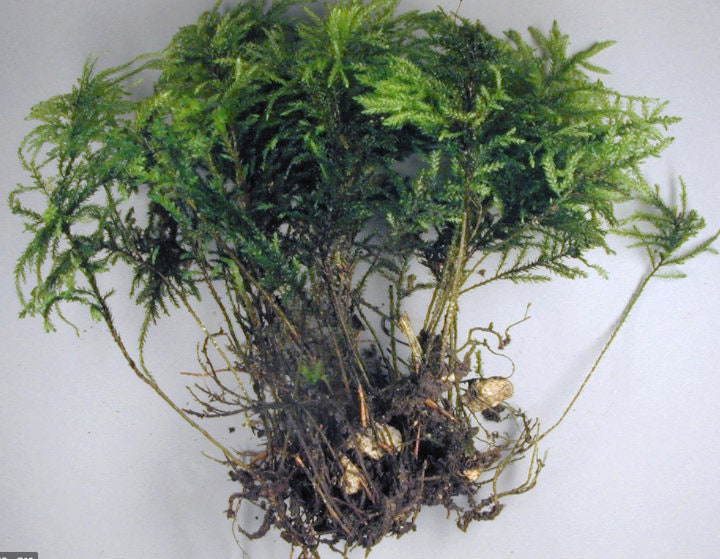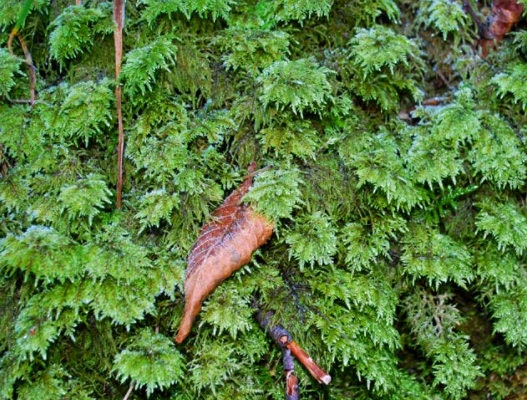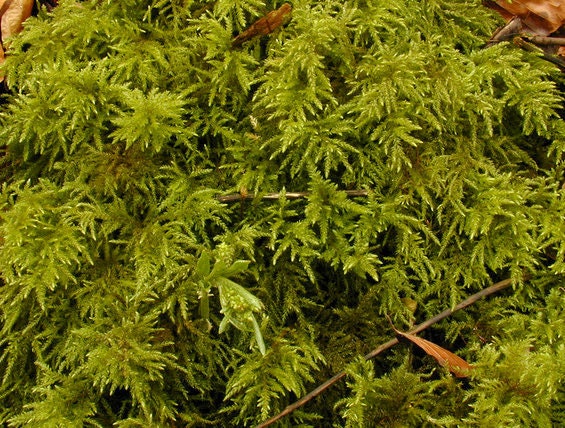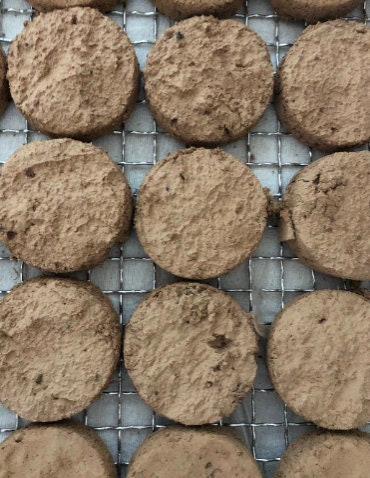Mosswholesale
Tree moss terrarium moss Thamnobryum alopecurum moss with Phytosanitary certification and Passport, grown by moss supplier
Tree moss terrarium moss Thamnobryum alopecurum moss with Phytosanitary certification and Passport, grown by moss supplier
Impossible de charger la disponibilité du service de retrait
Delivery information: We ship with DHL for orders of 100euros and more we give free shipping, for small orders we ship with Laposte. We will be sending plant passports with each species, your order will arrive in 2-3 days with DHL.
Tree moss Thamnobryum alopecurum Is a full shade moss it needs high humidity and look amazing in a water feature, it’s long and complex rhizome system attaches easily to wood/ rock / and Sandy soil. New growth come up from the rhizomes.
Watch this video about Fox-tail feature moss and it’s uses: https://youtu.be/as3Buy9-hI8
We sell Thamnobryum alopecurum as a grown moss in many dimensions or as inoculated clay/Alfisols discs with spores and mother moss, and now as kokedama moss balls! (Our kokedama are unique in the fact that we use sphagnum substrate inside a hessian bag and on the outside, we use living moss!)
we also sell the correct "Growing Substrate" for this moss in 100g bags equal to 10x20cm carpet of moss to help you give your moss the best environment.
If you want to attach moss vertically?
We sell Thamnobryum alopecurum moss stitched to 2 supports in 10x20cm carpets
- Hessian cloth for extra use which can be stapled to a tree! Or glued to wall with out hurting the roots! this allows the moss time to grow over its hessian cloth and new growth will attach naturally. Hessian cloth is biodegradable.
- Plastic mesh for interior use, terrariums living walls and moss art, the plastic mesh can be glued to glass or rock, or any supports, without hurting the mosses roots. And hey presto! you have an instant moss wall!
Check out our organic goat milk fertiliser pellets for moss!
Our pellets are made from full fat unpasteurized goat milk straight from the udder, mixed with red clay and dehydrated at 70 degrees. Our fertiliser pellets are perfect for terrariums, living walls, moss gardens exterior as interior. But of course this is an amazing fertiliser for all plants including roses, vegetables, pot plants etc.
Why is goat milk the best fertiliser for moss and other terrarium plants?
This is our secret to the beautiful moss we grow in our moss nursery, our ferns and succulents and orchids and other rock garden plants, in fact, our whole farm!
Like all plants, moss needs nitrogen, either gleaned from the soil and substrate or from water uptake. If your moss doesn’t get enough nutrients from rainfall or substrate a mild, organic fertilizer, such as one containing lactic acid from goat milk which non-protein nitrogen content is usually 5-8 % of total nitrogen. Signs your moss needs fertilization include spotty growth and poor color.
(When choosing which items to add to your basket please be aware of the difference in 5x5cm Moss: a carpet of moss. and 5x5 substrate: a growing substrate enough for a carpet of 5x5cm.)
You will be receiving moss which has been dehydrated for shipping, when she arrives just rehydrate her by spraying water on her, and within seconds she comes back to life.
Do have a look at my other dry moss, lichen and liverwort species for sale and buy a selection, terrariums and Paludarium.
Our clay/Alfisols discs are inoculated with Thamnobryum alopecurum spores and mother plant which, once wet, will grow after 3 weeks into moss that then connects together into a carpet and spread from there. The benefit of growing from spores is 1- they grow and thrive in the environment, if terrarium or moss garden, or water feature 2- the clay/Alfisols discs can be molded into any shape once wet and will stick to any surface. You can also divide the discs as they are inoculated with thousands of spores. You can also divide the discs as they are inoculated with thousands of spores. To give the spores the correct substrate 3 discs is equal to 30x30cm of the substrate, you simply mix the clay disc into the substrate and spread it into a 30x30cm carpet.
We do Internation post tracking with every order. Your order will be packed safely and I'll send your Internation tracking number so you can follow your order travels to you :)
Fox-tail Feather moss is about the largest of our tree-like mosses (3–6 cm tall), and typical plants do indeed resemble miniature trees. The upright stems bear small (less than 2 mm long),
triangular, scale-like leaves whereas the branches have dark green leaves 1.5–2.5 mm long, which are egg-shaped and have an acute tip. The nerve is very robust. Coarse
teeth at the tip of the branch leaves are easily visible under a hand lens and, in good light, the rounded leaf cells are visible. Capsules are very occasionally produced.
T. alopecurum grows on rocks by streams and rivers, often at or just above the normal water level, and on shaded coastal and inland rocks. It also grows on the ground,
coppice stools and tree bases in at least mildly base-rich woodland. Detached balls of T. alopecurum are sometimes found in some quantity on woodland floors.
watch his video about propagation: https://youtu.be/5bD0TP1fUcs
My Thamnobryum alopecurum aka Fox-tail Feather-moss, is grown on a great substrate, making them much more hardy.
You will be able to build a nice moss garden on your rocks, clay plate or wood, bricks etc. Mix it up and have fun!! damp wood, and a broken clay flower-pot with some pretty stones and a flower or plant and voila! a real piece of living art.
Do have a look at my other dry moss, lichen and liverwort species for sale and buy a selection, for your table art, garden, pet Terrariums (allow the moss time to set and absorb water before you let your pet play with it, allow up to 1 month for moss to set.)
Historically, three taxonomic bryophyte groups have been recognized and now represent the three main divisions in this group: Marchantiophyta (liverworts), Bryophyta (mosses) and Anthocerotophyta (hornworts). The three main groups have diversified throughout their evolutionary history, making it difficult to identify the specific characters separating these three groups.
The status of bryophytes as the oldest living land plants is widely accepted.
They evolved about 500 million years ago. Like other land plants, mosses contain green chlorophyll and make their own food through photosynthesis, which involves using the energy of the sun to combine carbon dioxide and water to make sugars.
Mosses are nonvascular plants, which means that they lack a vascular system. Because nonvascular plants lack lignified water-conducting tissues, they can't become as tall as most vascular plants.
The Ecological Roles of Mosses - Mosses play essential roles in the natural world:
Mosses don't need previously developed soil to survive, because they obtain their mineral nutrients from rain or running water.
This means that mosses are sometimes the first to colonize newly exposed areas. They promote soil formation, because (as they grow) dust and humus collects among the stems. When they die, their bodies decompose and add to the developing soil.
Mosses grow where other plants cannot, because they can survive without being rooted in soil. They can survive on cliffs, rocks, steep hills, and tree trunks. Mosses colonize the barren rocks and exposed areas of hills, and make them suitable for growing larger vascular plants by depositing humus soil and plant debris. Mosses can remain alive even during periods of drought, resuming photosynthesis when moistened again by rain or even fog.
Mosses play an important role in the global carbon cycle. They absorb carbon dioxide and release oxygen. In areas with cool climates, decomposition is slow because of cold temperatures. This means that large amounts of carbon are sequestered in the Sphagnum of bogs.
Mosses also contribute to the environment by absorbing water from rainfall and runoff, then slowly releasing it to the ground or atmosphere. This reduces stream erosion and fluctuating lake levels.
Mosses also provide habitat on which many species ultimately depend, underpinning entire ecosystems. Mosses provide shelter for other organisms such as small insects. The insects, in turn, provide food for frogs, which in turn provide food for snakes, which in turn provide food for carnivores like bobcats.
Materials
Materials
Shipping & Returns
Shipping & Returns
Dimensions
Dimensions
Care Instructions
Care Instructions

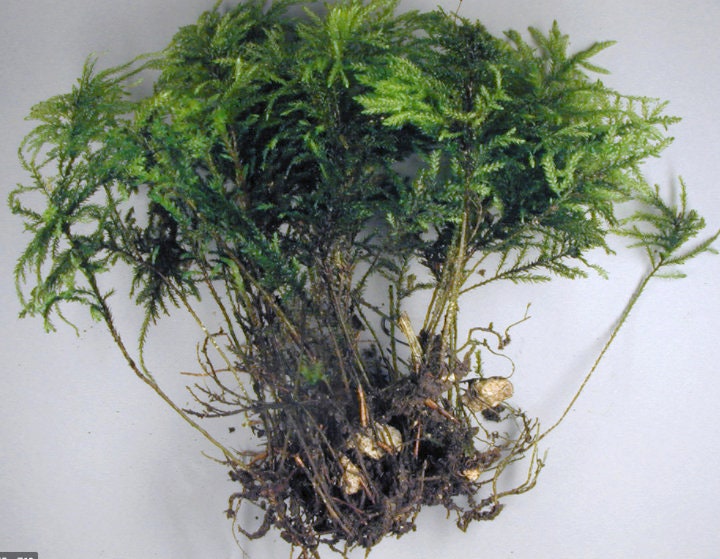
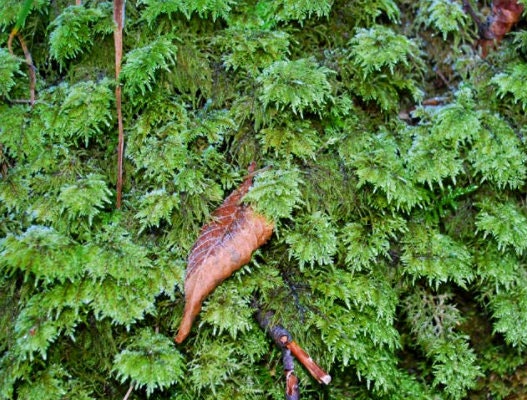
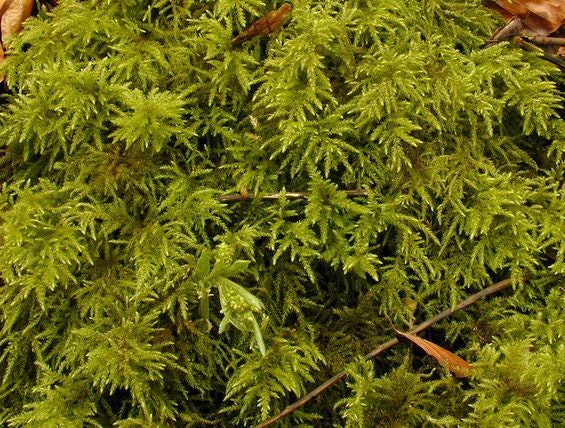
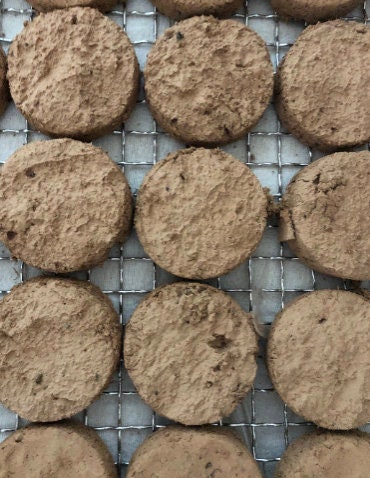
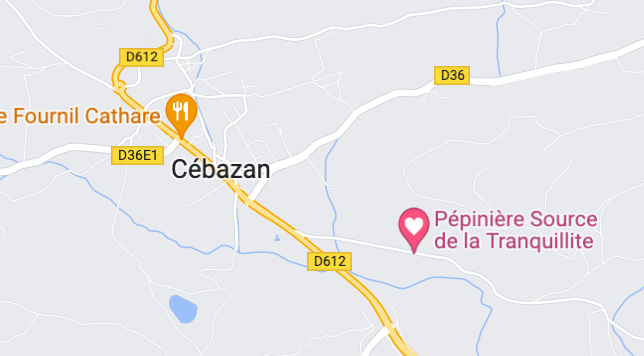
-
Free Shipping
We offer free shipping in France! and internationally for orders of 500 euros or more.
